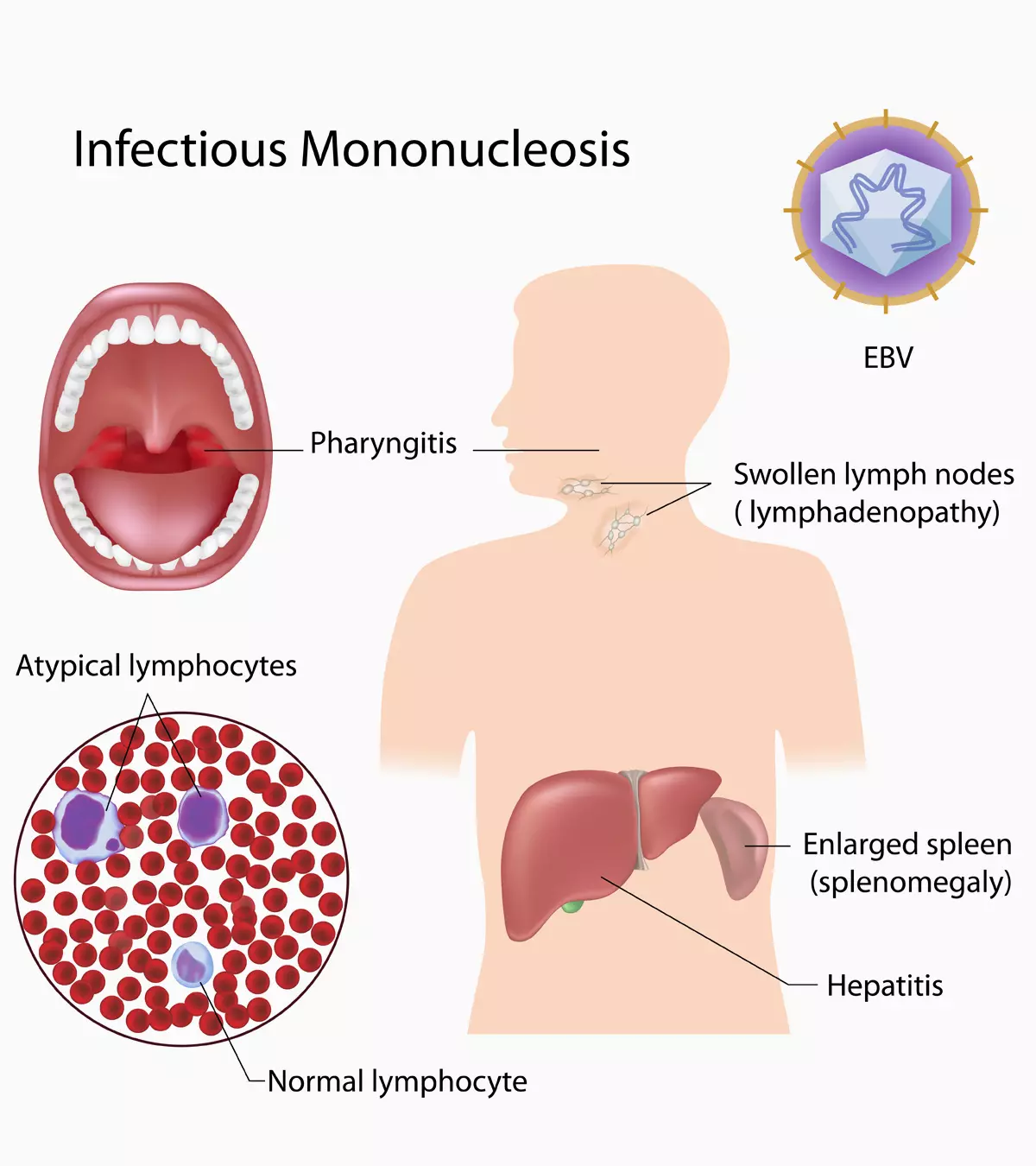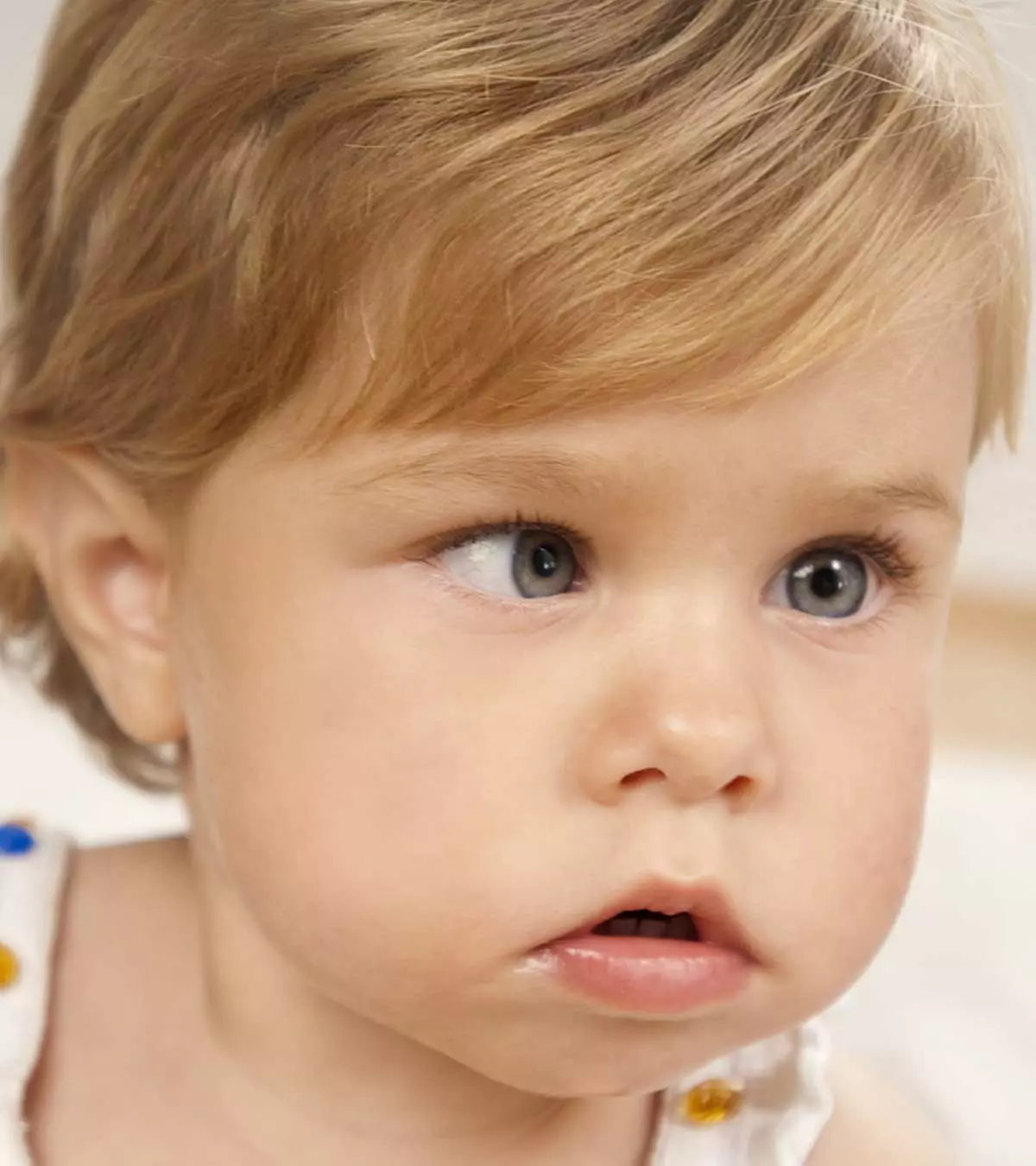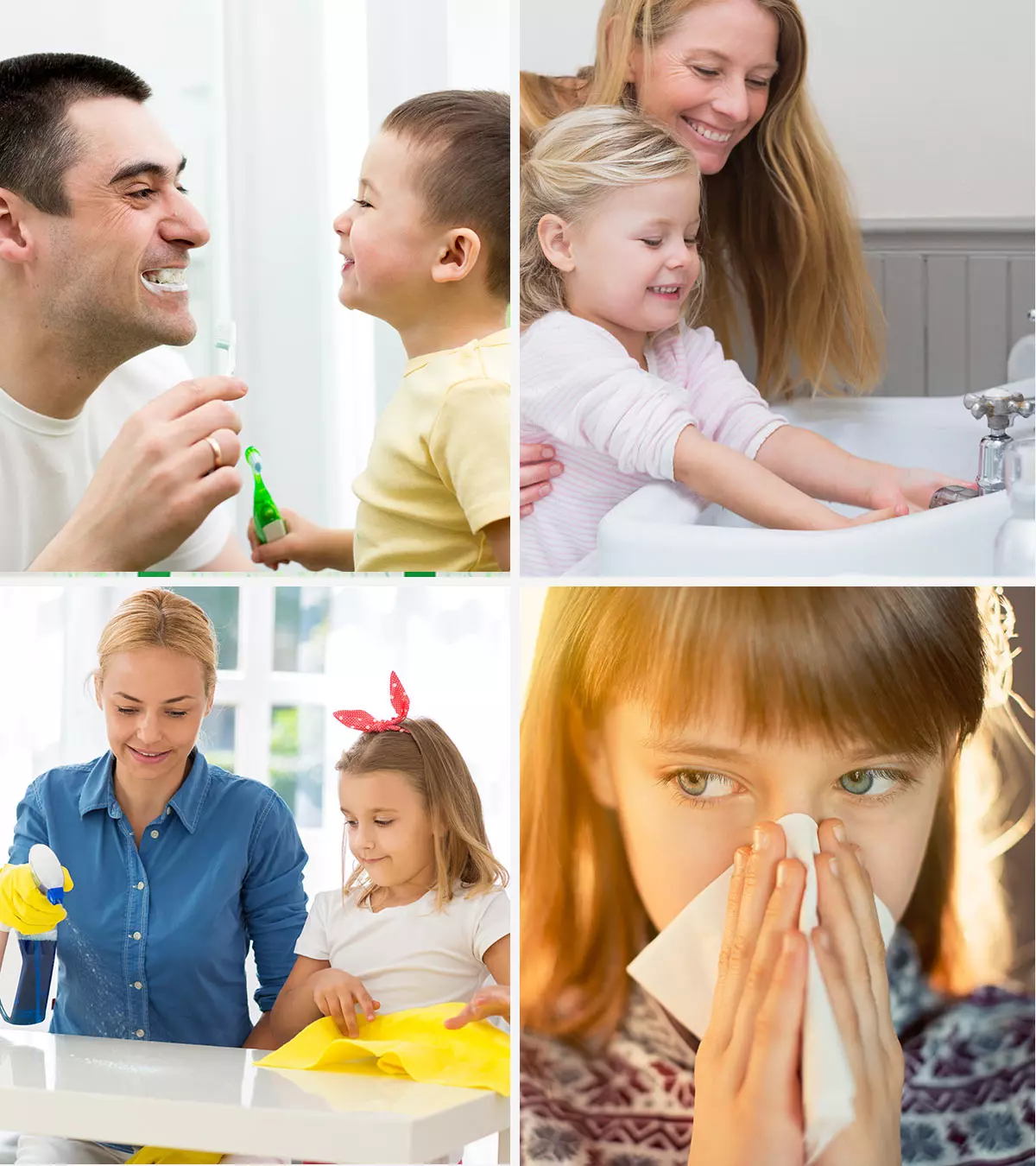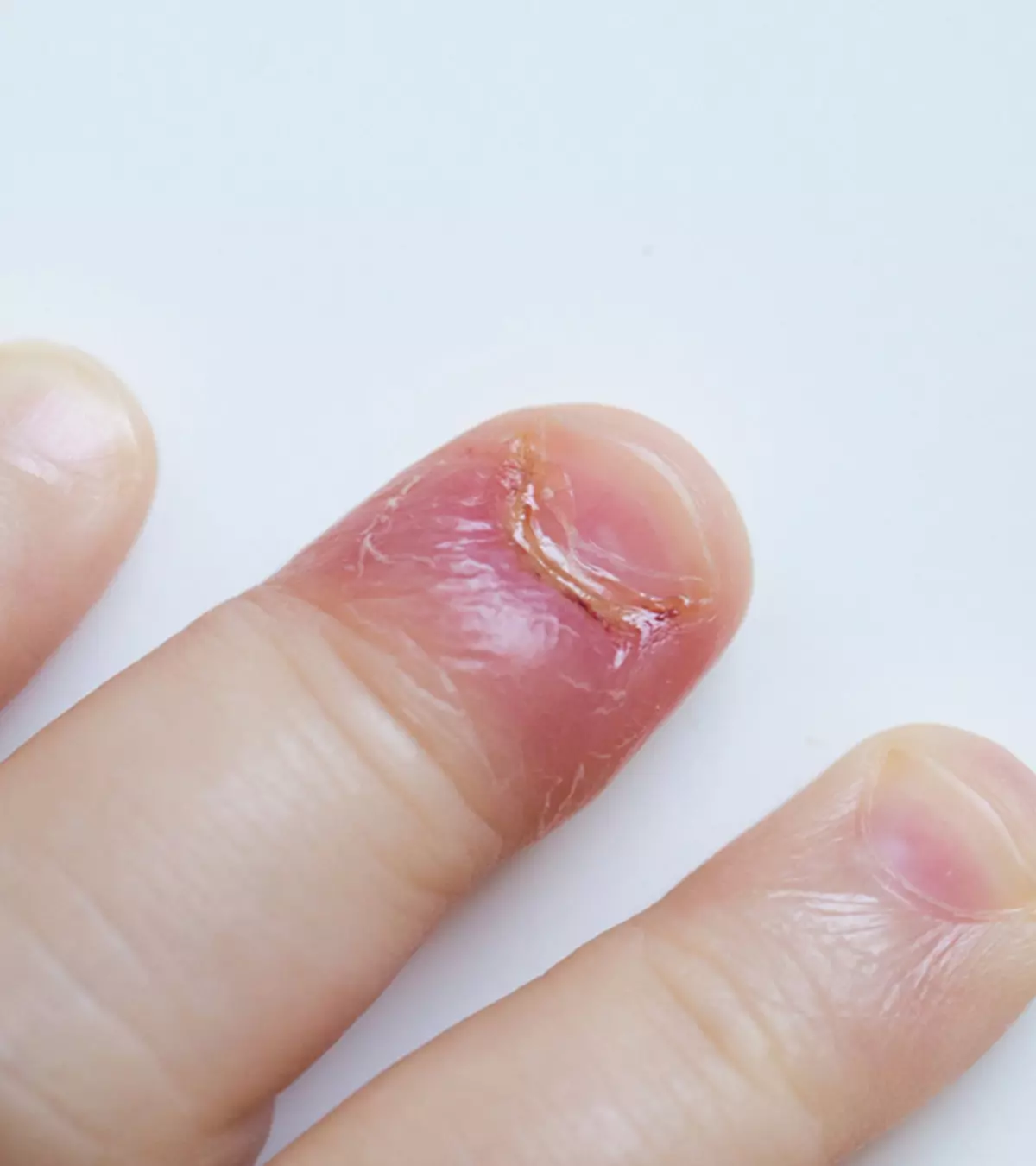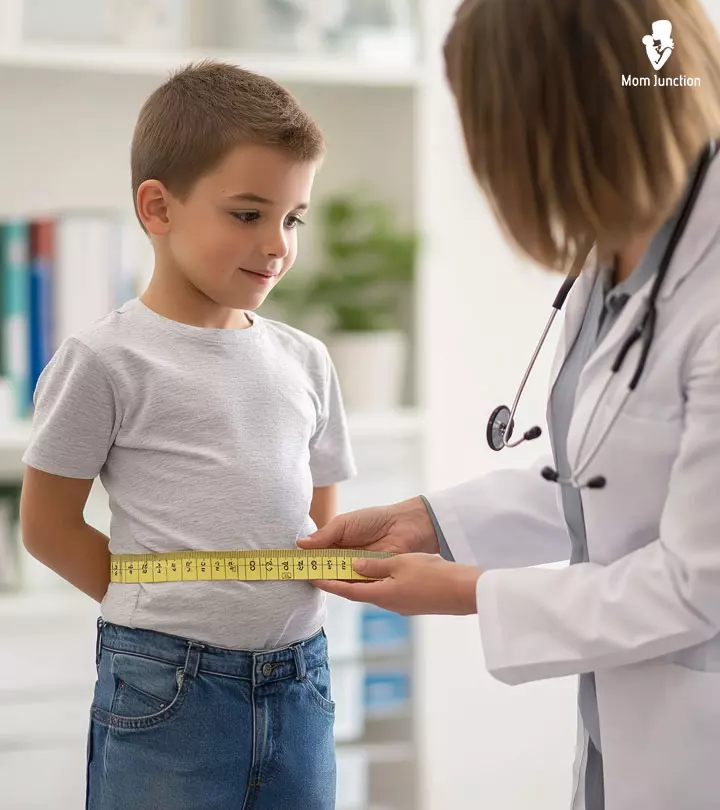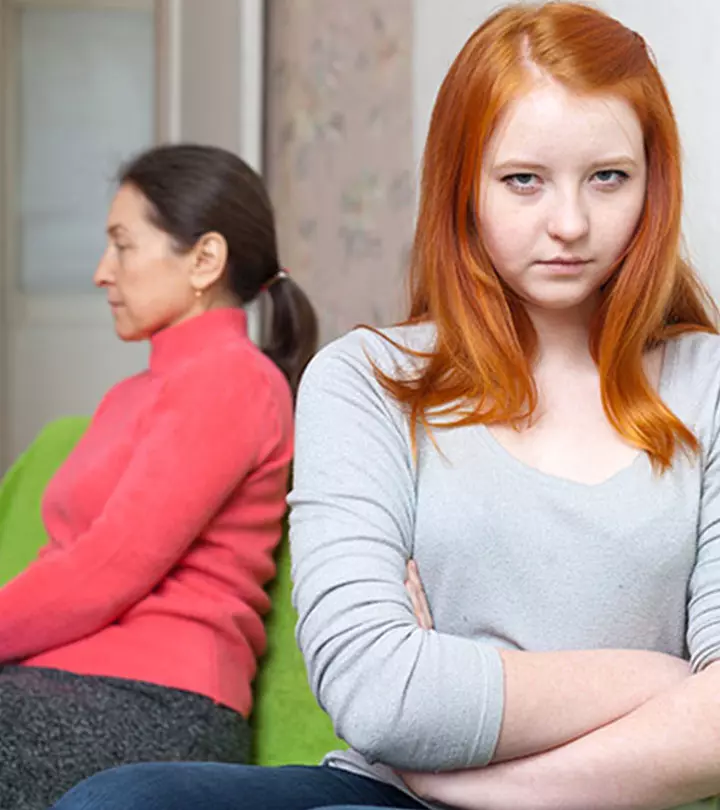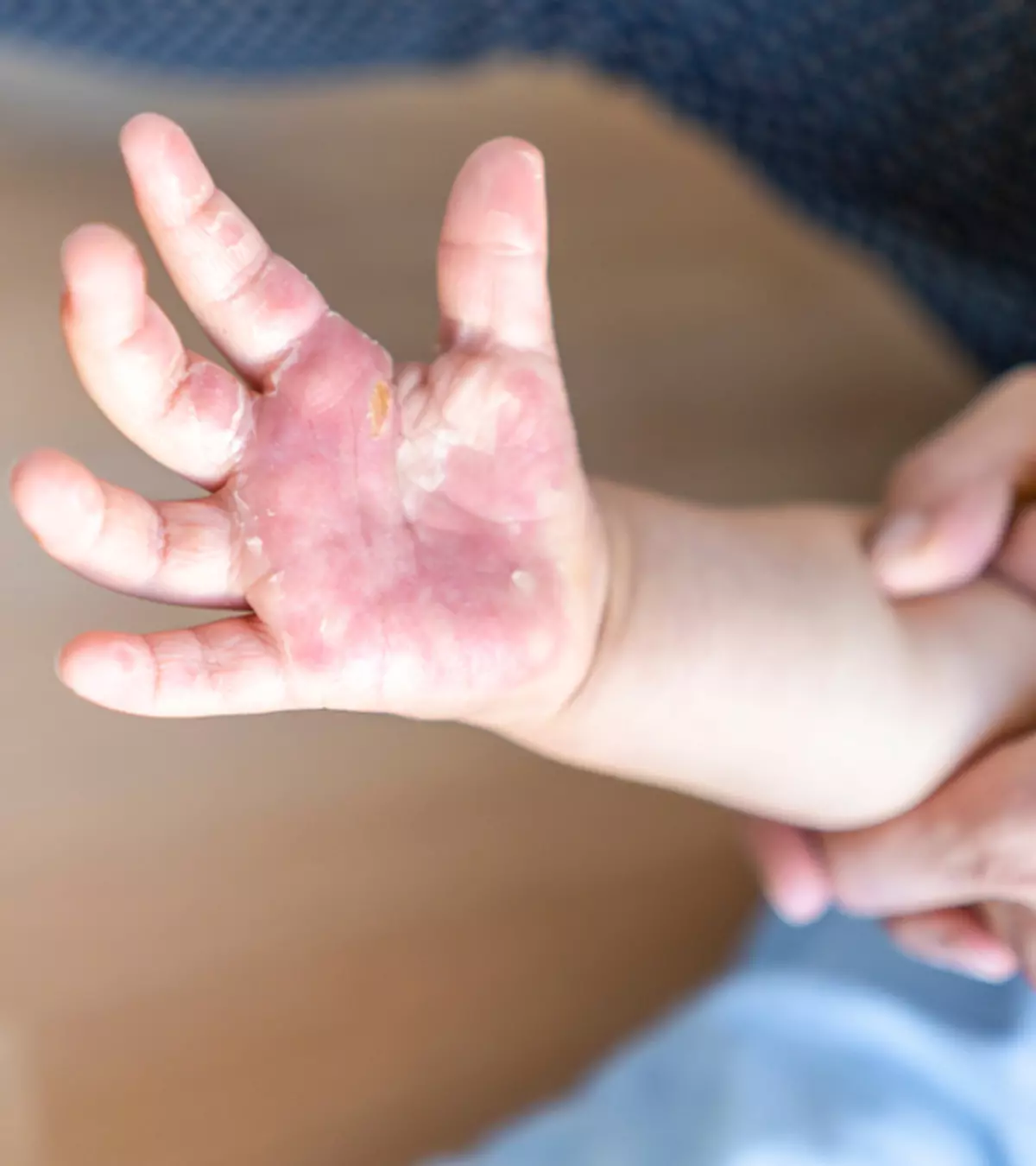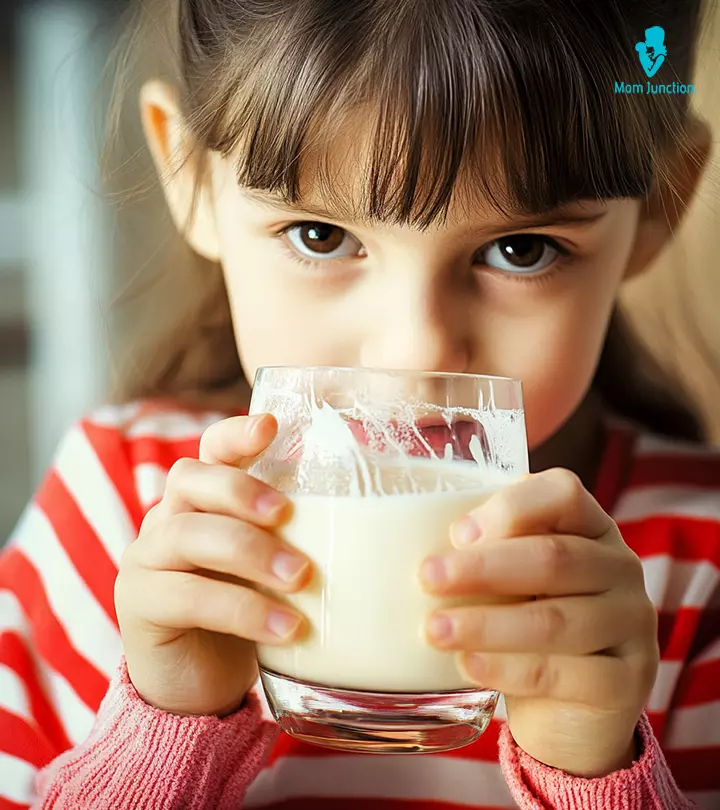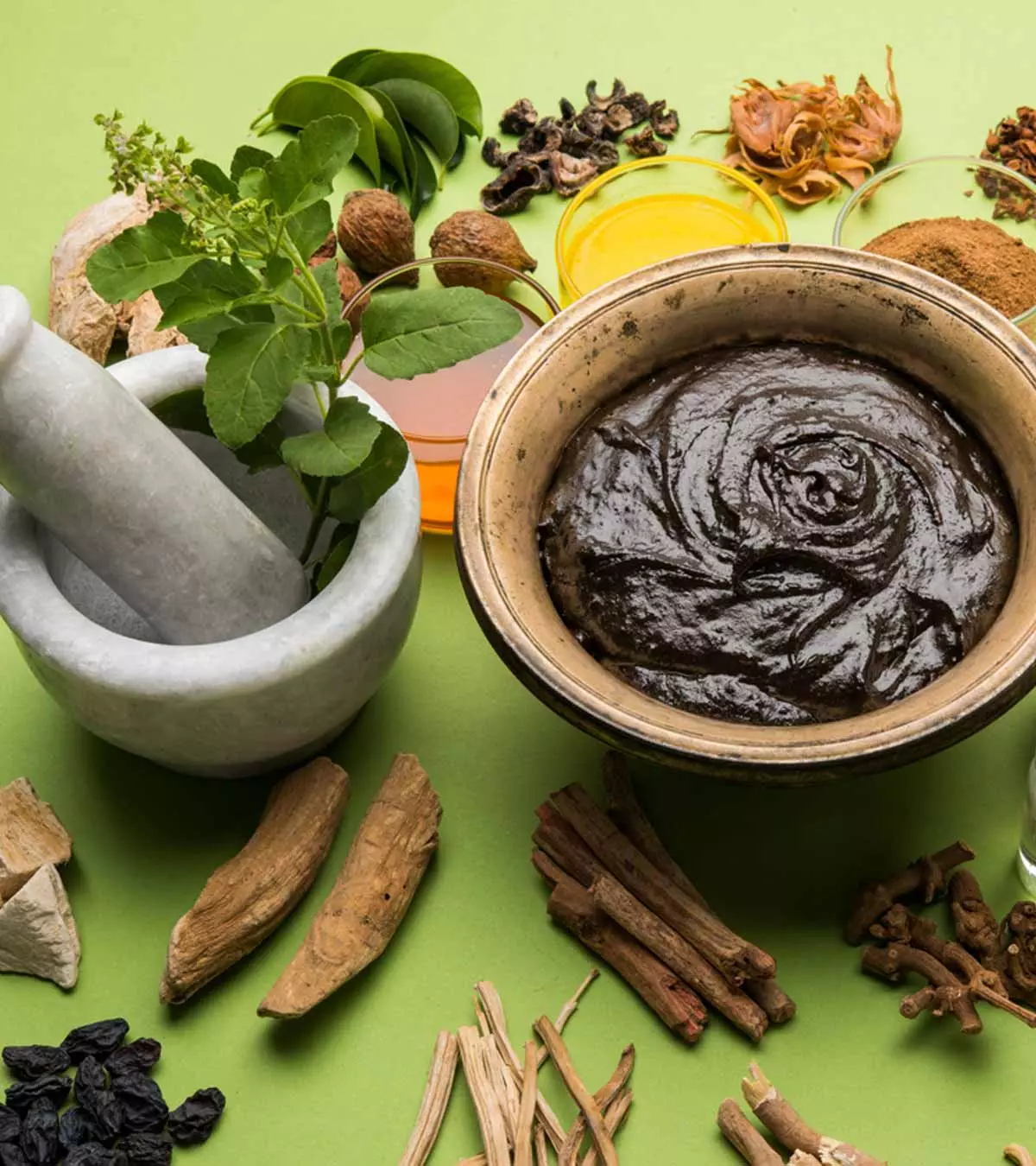
Image: iStock
Ayurveda is an ancient healthcare system from India that aims to improve physical and mental health using a natural and holistic health approach (1). It is why several parents opt for Ayurvedic medicine for kids to treat and manage ailments such as constipation, cold, cough, and flu.

The Bala Chikitsa, also known as Kaumarbhritya, is a branch of Ayurveda that uses Ayurvedic principles, medicines, and herbal remedies to treat and prevent ailments in children while they are still in the womb (2). However, the unguided use of Ayurvedic medicines can have several side effects. Thus, consult a certified naturopath or pediatric Ayurveda expert to ensure the safety and efficacy of the treatment for children.
Read on to learn more about whether Ayurvedic medicines are safe for children, their possible benefits and side effects, and some necessary precautions to take while administering Ayurvedic medicine to children.
Key Pointers
- Ayurveda is an ancient Indian medicinal science that follows a holistic approach to treat diseases.
- It believes that the body is made up of five essential elements: fire, water, earth, air, and space.
- Ayurveda aims to balance these elements through medicines, dietary changes, and yoga.
- Ayurvedic medicines not only treat illness but also enhance the child’s immunity, promoting better growth.
- It is crucial to consult a registered Ayurveda doctor or naturopath for proper guidance on the use of Ayurvedic medicines.
The Principle Of Ayurvedic Medicine
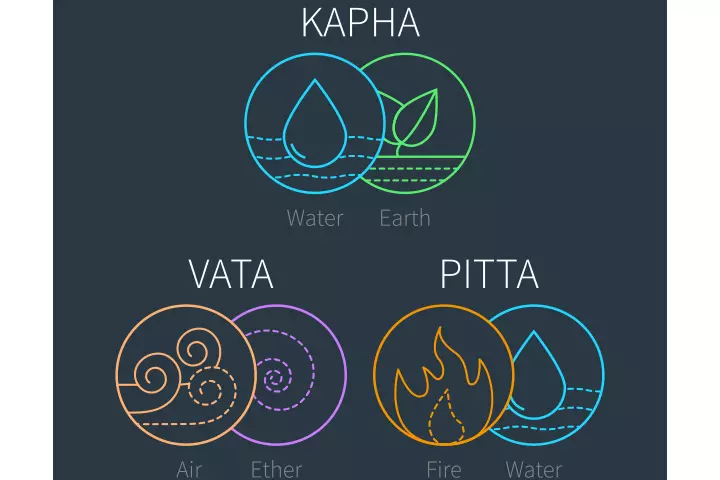
Ayurveda believes that the human body is composed of five essential elements: air, fire, water, earth, and space. These elements combine in a unique order to form three different doshas or components, namely (3) (4) (5) –
- Vata dosha (air and space)
- Pitta dosha (fire and water)
- Kapha dosha (water and earth)
Based on the combination of doshas and order of their dominance, the Prakriti, i.e., the constitution of the human body, comes into existence. Therefore, Ayurveda emphasizes maintaining harmony between doshas, which helps in natural healing, essential for living a healthy and blissful life.
In Ayurvedic medicine, selecting a preventive and curative regime for an ailment (Vikriti) relies on analyzing one’s body constitution (Prakriti). Based on the Prakriti analysis, the cure for the illness consists of the following.
- Age-appropriate Ayurvedic medicine to your child with relevant dosages
- Changes in the diet to balance the elements
- Complementary Ayurvedic techniques, such as yoga therapy, aromatherapy, meditation, and massage
Identification of the Prakriti can help your healthcare provider diagnose the Vikriti to treat your child safely and effectively.
Dosha In Children
Here are some traits specific to each dosha.
1. Vata dosha
In Vata dosha, space and air elements dominate, providing mobility to body functions, like blood circulation, digestion, breathing, and nerve impulse.
It is believed to be the essential dosha to keep the other two doshas in balance.
A child suffering from a Vata dosha imbalance may exhibit symptoms such as constipation, anxiety, weight loss, colic, dryness, and sensitivity to cold.
2. Pitta dosha
Pitta means “heat” that is a type of transformative energy that governs several physiological functions, like digestion, maintenance of body temperature, color and complexion, visual perception, intellect, and emotions.
Fire/heat and water elements dominate in this dosha type. Pitta dosha imbalance may cause excessive thirst or hunger, heartburn and acidity, skin rashes, acne, and boils, hypersensitivity to light, strong body odor, and sensitivity to heat.
3. Kapha dosha
This dosha type reflects the dominance of water and earth elements in the body. Its function is to provide structure and lubrication to the body. A child experiencing Kapha dosha imbalance may exhibit symptoms such as loss of appetite, lethargy, mucous formation leading to congestion, allergies, cold sweats, and depressive feelings.
Dosha assessment helps identify imbalances, the ailments they are causing (or may cause), and the right Ayurvedic medicine in the correct dose to treat or prevent the ailment.
Is Ayurvedic Medicine Safe For Children?
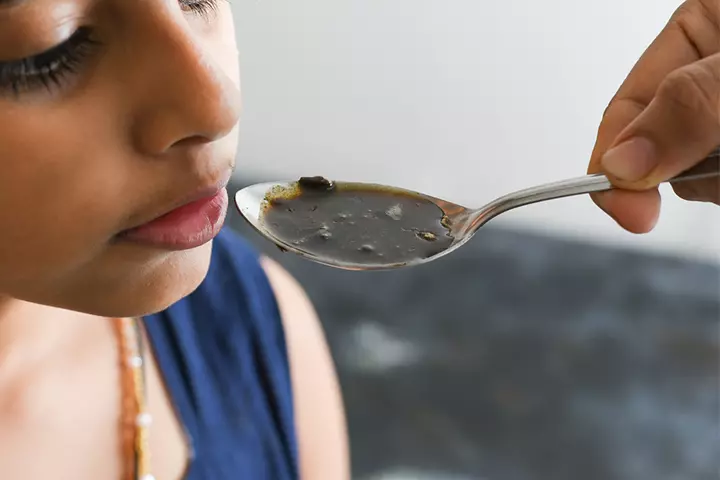
The use of Ayurvedic medicines is generally safe. However, there are only a few clinical trials to substantiate their safety and efficacy. Also, the possible presence of high amounts of metals, like arsenic, mercury, or lead, in some Ayurvedic preparations, might be a safety concern (6). Therefore, you should avoid administering Ayurvedic medicines to your child without consultation with a children’s Ayurveda expert.
Generally, prescription-based Ayurvedic medicines have fewer side effects compared to their allopathic counterparts.
 Quick fact
Quick factPossible Benefits of Ayurvedic Medicine For Children
Some possible benefits of Ayurvedic medicines for children are:
- Unlike modern medicine that works on reducing symptoms, Ayurvedic medicines treat the illness.
- Ayurvedic treatment often involves favorable modifications in diet, exercise, and lifestyle. These changes may lead to holistic healing and improve the child’s health in the long term.
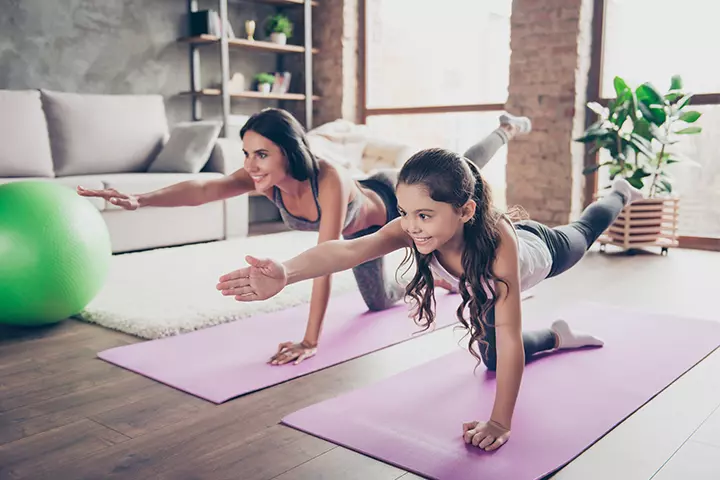
- Ayurvedic preparations may help boost immunity, thus, in turn, helping in proper growth and development of the children.
Some ayurvedic practitioners believe that ayurvedic medicines may help manage the symptoms of autism in children. However, the available research is insufficient to validate the therapy (9).
Possible Side Effects Of Ayurvedic Medicines
Administering Ayurvedic medicines without an expert’s guidance may lead to side effects (7) (1).
- An overdose of Ayurvedic medicines can cause adverse effects. For instance, a high dose of Triphala, an Ayurvedic formulation, can cause loose motions due to its laxative effects.
- Ayurvedic medicines could have possible interactions with other drugs or herbs.
- Ayurvedic medicine consists of herbs that may trigger allergic reactions in some children.

- Some Ayurvedic preparations contain metals, like arsenic, lead, and mercury, in levels that can lead to toxicity.
Precautions To Take While Using Ayurvedic Medicine For Children
Follow these precautions if you are using Ayurvedic preparations for your child.
- Ayurvedic medicines and products do not undergo FDA review. Thus, do not use Ayurvedic medicines without prescription (6).
- Do not use non-prescription Ayurvedic medicines/herbs as home remedies. Their overdose in children can have adverse effects.
- Keep your Ayurvedic doctor informed about all the medicines or treatment modalities you follow for your kid’s wellness. It is essential to avoid side effects and ensure coordinated pediatric care.

- Discuss your child’s allergies with the Ayurvedic doctor so that they can provide you an alternative prescription.
- Never stop or alter the dose without the knowledge and approval of your healthcare provider.
Frequently Asked Questions
1. How can children use Brahmi?
Small-scale research showed that Brahmi ghritam could help reduce the severity of ADHD in children (10). However, only a certified ayurvedic practitioner can help you know about the safety and dosage of Brahmi ghritam for children.
2. How can I give my child mulethi?
If your child suffers from a sore throat, you can have them chew on a piece of mulethi or give mulethi tea. However, do not give mulethi tea to children for more than a day without consulting the doctor. Check with the doctor for the appropriate dosage, and do not give mulethi tea to toddlers and infants (11).
3. Can Ayurvedic medicine be used to treat chronic conditions such as allergies, asthma, and eczema in children?
Ayurvedic medicine is believed to help treat conditions such as asthma and eczema. However, it is best to consult a qualified medical practitioner who can guide and prescribe medications suitable for children (12).
4. Can Ayurvedic medicine help improve children’s digestion and nutrient absorption?
Ayurveda believes in using food sources and dietary restrictions to remedy most digestive problems. This kind of therapy believes in the daily consumption of freshly cooked meals, pungent, astringent, and bitter foods, and medicinal herbs such as cumin, ginger, coriander, black pepper, and turmeric for children to promote digestion and nutrient absorption. However, any Ayurvedic therapy should involve proper medical guidance from a qualified medical practitioner (13).
5. What are some Ayurvedic practices for promoting oral health in children?
Oral practices such as the use of natural chewing stick such as neem for brushing, tongue scraping using tools made of copper or stainless steel, oil pulling with sunflower or sesame oil, and the use of tissue regeneration therapy through the consumption of herbs like amla, licorice root, turmeric root, and cinnamon bark are known to support and promote oral health. However, any Ayurvedic therapy should be used with proper medical guidance from a qualified medical practitioner (14).
You may use Ayurvedic medicine for kids as a natural cure and treatment for different child health conditions and support their overall growth and development. However, similar to most therapies and medicines, it should be considered only after consulting an Ayurveda expert to avoid adverse reactions, such as allergies or toxic reactions. An expert can provide the right treatment and some effective health tips for children after diagnosing the condition.
Infographic: Possible Benefits And Risks Of Ayurvedic Medicine For Children
Parents have been using Ayurvedic medicine to manage ailments in their children, as it is considered a natural and safe alternative to Western medicine. However, there might be some side effects as well if not used properly. Check out the infographic below to learn about some pros and cons of ayurvedic medicine on children. Illustration: Momjunction Design Team
Illustration: Ayurvedic Medicine For Kids: Safety Benefits & Side Effects

Image: Stable Diffusion/MomJunction Design Team
Find effective natural and ayurvedic remedies to alleviate your child’s cough, cold, and fever. Obtain valuable insights and guidance from seasoned professionals for maintaining your child’s well-being.
References
1. Ayurvedic Medicine: In Depth; NCCIH
2. Balaroga (Paediatrics); JSS Ayurveda Hospital
3. Prakriti (Psychosomatic Constitution); National Health Portal; The Ministry of Health And Family Welfare, India
4. Prakriti Analysis And Its Clinical Significance; International Journal of Ayurveda ANd Pharma Research
5. Fundamentals of Ayurveda National Health Portal; The Ministry of Health And Family Welfare, India
6. Is Ayurvedic Medicine Safe?; University of Minnesota7. Ayurveda; C.S. Mott Children’s Hospital
8. Seetha Chandran, et al.;Unique contributions of Keraleeya Ayurveda in pediatric health care; NCBI
9. Ayurveda; Raising Children Network, Australia
10. Evaluation of Brāhmī ghṛtam in children suffering from Attention Deficit Hyperactivity Disorder; National Library of Medicine
11. Licorice; Mount Sinai
12. Ayurveda; Department of Health, State Government of Victoria
13. Amala Guha; (2006); Ayurvedic Concept of Food and Nutrition; School of Medicine, University of Connecticut
14. Nilesh Arjun Torwane et al; (2014); Role of Ayurveda in management of oral health; NCBI
Community Experiences
Join the conversation and become a part of our nurturing community! Share your stories, experiences, and insights to connect with fellow parents.
Read full bio of Dr. Zeel Gandhi
Read full bio of Swati Patwal
Read full bio of Rohit Garoo
Read full bio of Shinta Liz Sunny





